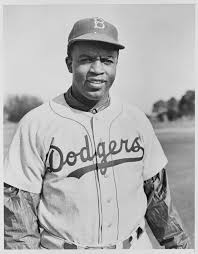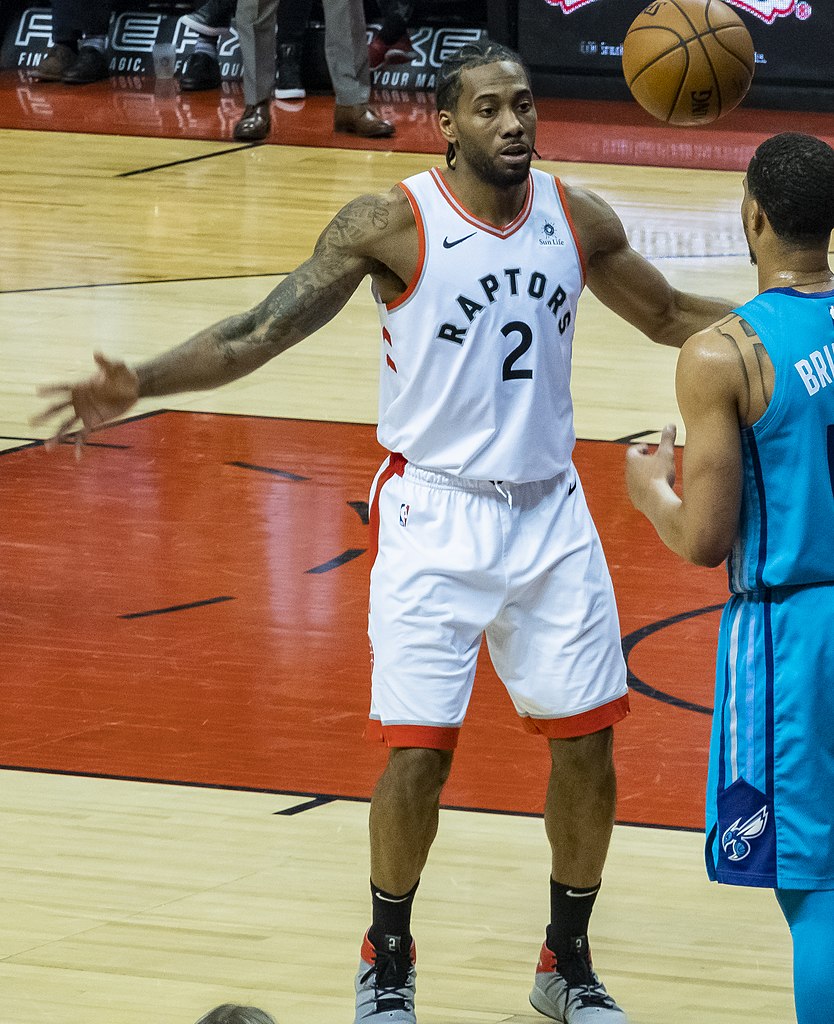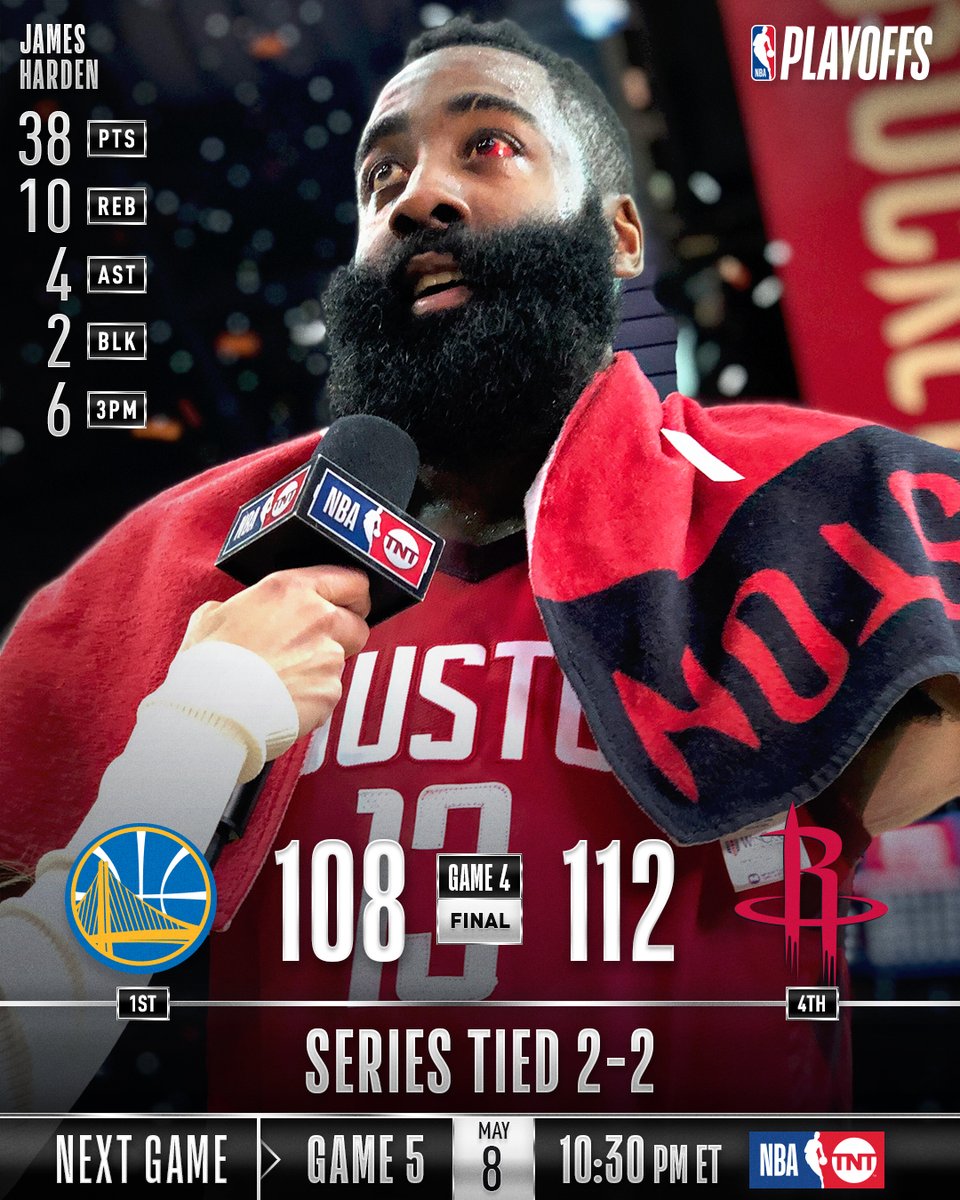Celebrating Jackie Robinson Day
72 years ago at the historic Ebbets Field, home of the Brooklyn Dodgers, a 28-year-old man ran to first base.
In front of an audience of 26,623, which included over 14,000 African-American spectators, that man, Jackie Robinson, crashed through the MLB’s racial barrier, becoming the first African-American to play in the league.
It was a monumental moment in American history.
Years before the Civil Rights movement began in earnest in the 1950s, Robinson showed strength and perseverance to start his quest April 15, 1947. Ignoring racial epithets, slurs, and life-threatening promises, he carried himself with professionalism and class.
42, the detailed biopic of Robinson, details some of the horrors Robinson went through. On April 22, 1947, to use one example, Philadelphia Phillies manager Ben Chapman called Robinson the N-word from the dugout, stating he should “go back to the cotton fields.”
Following Robinson, Hall of Fame centerfielder Larry Doby became the first African-American player in the American League on July 5, 1947. The two players frequently spoke over telephone during the 1947 season, sharing their experiences with racism. With Robinson as the poster boy for racial integration, Doby’s struggles in the American League are often overlooked.
Prior to Robinson’s social statement in the MLB, he dealt with racism during a tenure in the Army. On June 6, 1944 — 11 years before Rosa Parks refused to move to the back on the bus in Montgomery, Alabama — Robinson did not budge as the driver of an unsegregated bus told him to move to the back. At the end of the bus line, Robinson was taken into custody after the driver called for the military police. This was a defining moment for the legend: his defiant stance resulted in military removal, ultimately leading him to further his baseball career.
Aside from Robinson’s social impact, he was one of the most gifted athletes in American history. At UCLA, he excelled at basketball, football, track, and ironically, was the least successful at baseball, batting .097 in his only season.
Following an illustrious, (yet brief) ten-year career, which included a Rookie of the Year and Most Valuable Player award, the six-time All-Star ended his career with a .311 batting average.
Robinson led the Dodgers to the World Series title in 1955 at the age of 37. Alongside him were African-American legends Roy Campanella (he won the 1955 MVP), Don Newcombe, and his partner in social equality since 1947, Pee Wee Reese.
After his career, Robinson was a prominent figure during the Civil Rights movement. From 1957-67, Robinson was a board member for the National Association for the Advancement of Colored People (NCAAP). Three years after his stint with the NCAAP, he established the Jackie Robinson Construction Company, to help build houses for low-income families.
Jackie Robinson would have turned 100 years old this year. Survived by his daughter Sharon Robinson and son David Robinson, they carry on the Robinson family legacy.
It’s hard to imagine what Robinson went through in his life, or to learn from the few people still able to remember where they were on April 15, 1947. Robinson is an American legend, and to quote a classic line from Sandlot, “Heroes get remembered, but legends never die.”
The world says thank you, Jackie.





Comments are closed.